Best HDR merge software for stunning photography
5 min. read
Updated on
Read our disclosure page to find out how can you help Windows Report sustain the editorial team. Read more
Key notes
- If you desire amazing HDR photos for your portfolio you can use prodigious software for that.
- There are various alternatives out there, some of which are much simpler but yield inferior results.
- However, these products are more like a means to compensate for the lack of professional cameras or real-life natural settings.
- Hence if you desire to evolve your photography and get better results, you should check this article.

HDR photographs, also known as High-dynamic-range, is a technique used in photography and films to reproduce a greater dynamic range of luminosity than what is possible with typical digital imaging or photographic techniques.
This feature is most commonly used in cameraphones and they usually result in stunning imagery.
However, one step further beyond HDR photos is merging HDR photos in order to create even greater pieces of work. These include panoramic views, 180 or 360-degree photos, and more.
That being said, we will be looking over some software tools that we consider to be the best when it comes to merge HDR photos.
We will be judging based on how common the program is, how easy HDR merging is done, how seamless the end result looks like, and other important criteria.
What are the best software to merge HDR photos?
Adobe Photoshop
Adobe Photoshop is probably the world’s most famous image editor, and you can use it to adjust pretty much every aspect of a digital image.
In the case at hand, Adobe Photoshop is perfectly capable of handling HDR images as well, including the process of merging them.
The program has been around for so long that everyone is bound to know the UI in one form or another, so adjusting to it is easy for every user.
Besides, once you get an Adobe Photoshop license, you will open yourself to an entire world of possibilities as far as image editing is concerned.
Here are some of Adobe Photoshop’s main features:
- Professional raster-based image editor
- Familiar UI for Adobe users
- Constantly updated
- Full support for plug-ins
- Handles HDR image editing without issues.
Aurora HDR
Probably the newest entry on our list in terms of the launch date, Aurora HDR is yet another tool that proves that you don’t need a rich history in order to be efficient.
Like the beefier entries on our list, Aurora HDR gives you the ability to use layers and masking features like in Photoshop. This, in turn, is very helpful in developing the perfect HDR image and then merging them afterward.
More so, if you’re looking to process a lot of photos without having to tweak each image at a time, then you’ll be glad to know that Aurora HDR also supports batch editing.
Here are some of Aurora HDR’s main features:
- Compatible for both Windows and Mac
- Supports batch processing
- Realistic HDR images
- Easy-to-use
- Light on your CPU
Adobe Lightroom
If you love Adobe Photoshop but are discouraged by the UI, then maybe a simpler variant that is more beginner-friendly is what you need.
That being said, the first product that should come to mind is Lightroom Classic
Lightroom Classic is super basic with only three options when it comes to handling HDR images. However, results can be very realistic and pleasing.
Admittedly, the lack of tweaking options means that while the results are indeed great, they cannot compare to what the first entries from our list can do.
Here are some of Lightroom Classic’s main features:
- Entry-level HDR image editor
- Provides great results with a minimum effort
- Light on your system’s resources
- Familiar for those used to Adobe Products
- Compatible if the other Adobe products.
Luminance HDR
Compared to the other entries on our list, Luminance HDR is a much newer software product. However, don’t let that fool you into thinking it is not good.
The highlight of this tool is that it is extremely easy to use thanks to the build-in drag-and-drop feature and that it is also free of charge.
The only visible downside to this tool is that the processing speeds for images are a bit slow, although this is only noticeable if you use another premium tool by comparison.
Here are some of Luminance HDR’s main features:
- Entry-level HDR image editor
- Free of charge
- Many automated tools
- End-results are quite good
- Doesn’t load your CPU during processing
Photomatix Pro
Photomatix Pro is a software tool that has been around for over 10 years, and for good reason. Those of you looking for a software tool that looks and feels simple and clean should go for Photomatix Pro without a second thought.
However, the over-simplification of the menu and toolset did nothing to affect the way the images look after conversion, as they look as if professional photographers took them.
Finally, you’ll love knowing that you can also use it on both Windows PC and Mac.
Here are some of Photomatix Pro’s main features:
- Simplistic UI
- Realistic HDR images
- Can easily handle HDR image merging
- Works on Windows PC and Mac
- Dedicated to HDR imaging
Thanks to the tools mentioned above, you should be able to create and then merge HDR images in order to create fantastic works of digital art.
Not only will these tools compensate for the lack of professional physical equipment, but they can allow you to generate images that would otherwise be impossible using normal environmental settings.





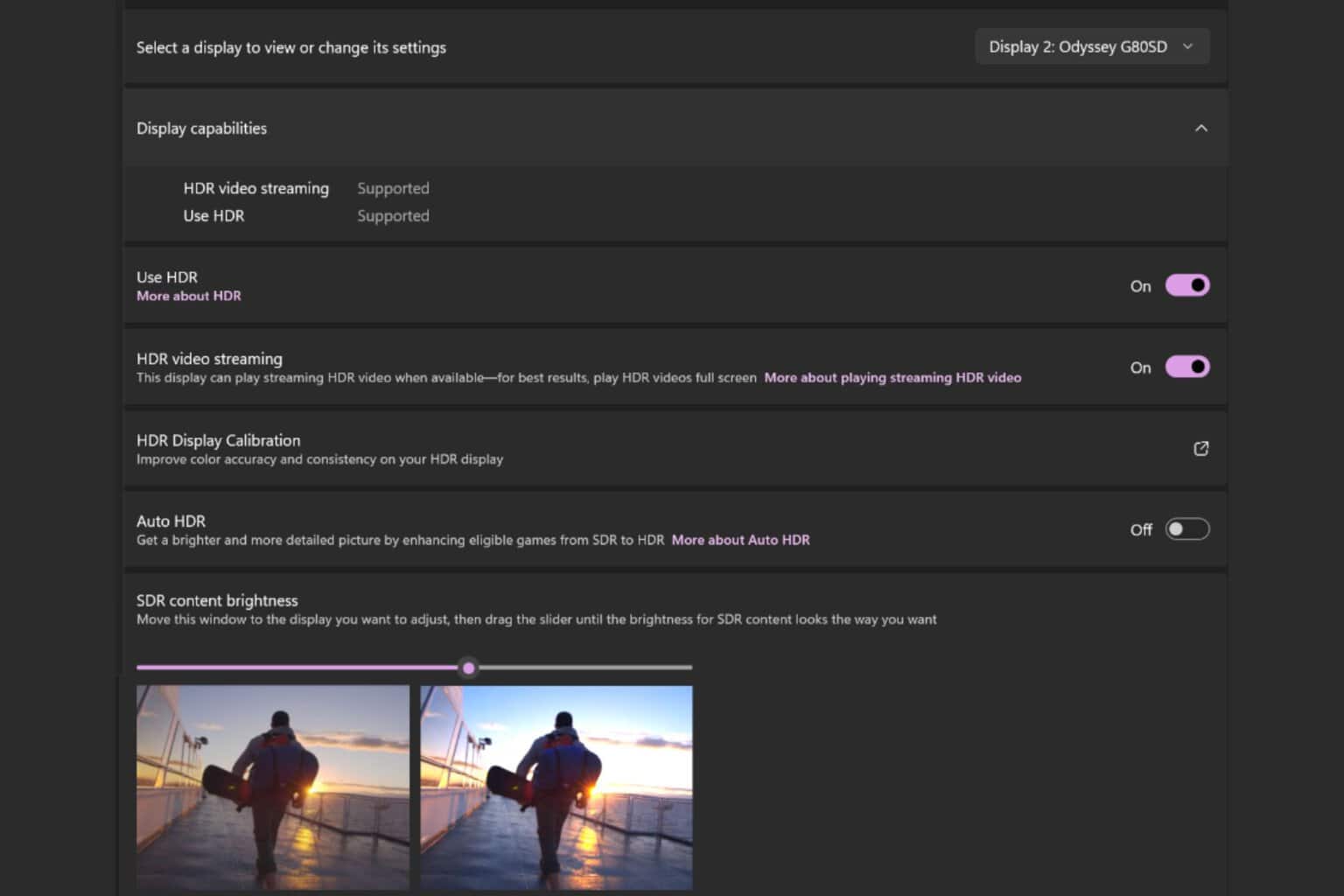



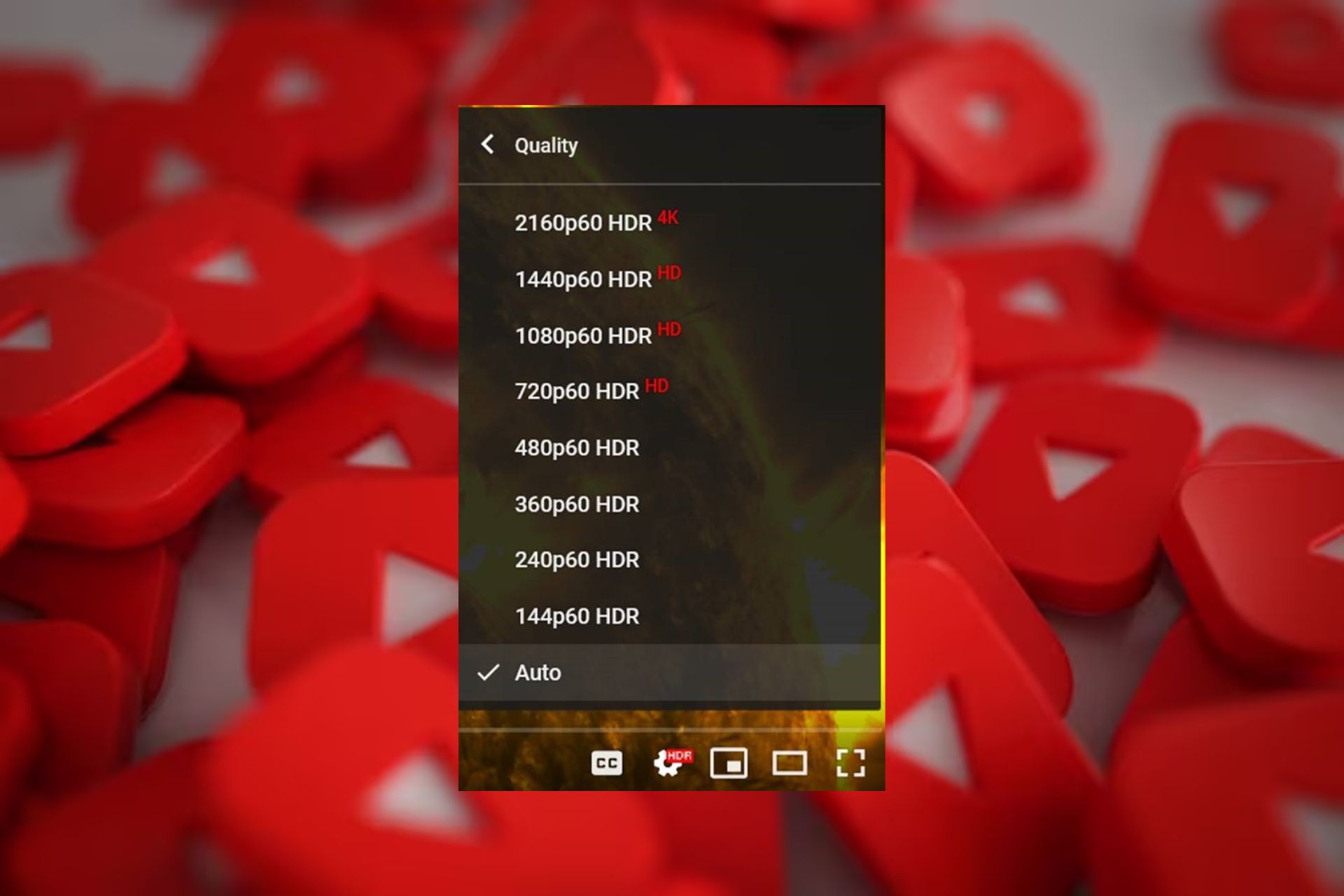
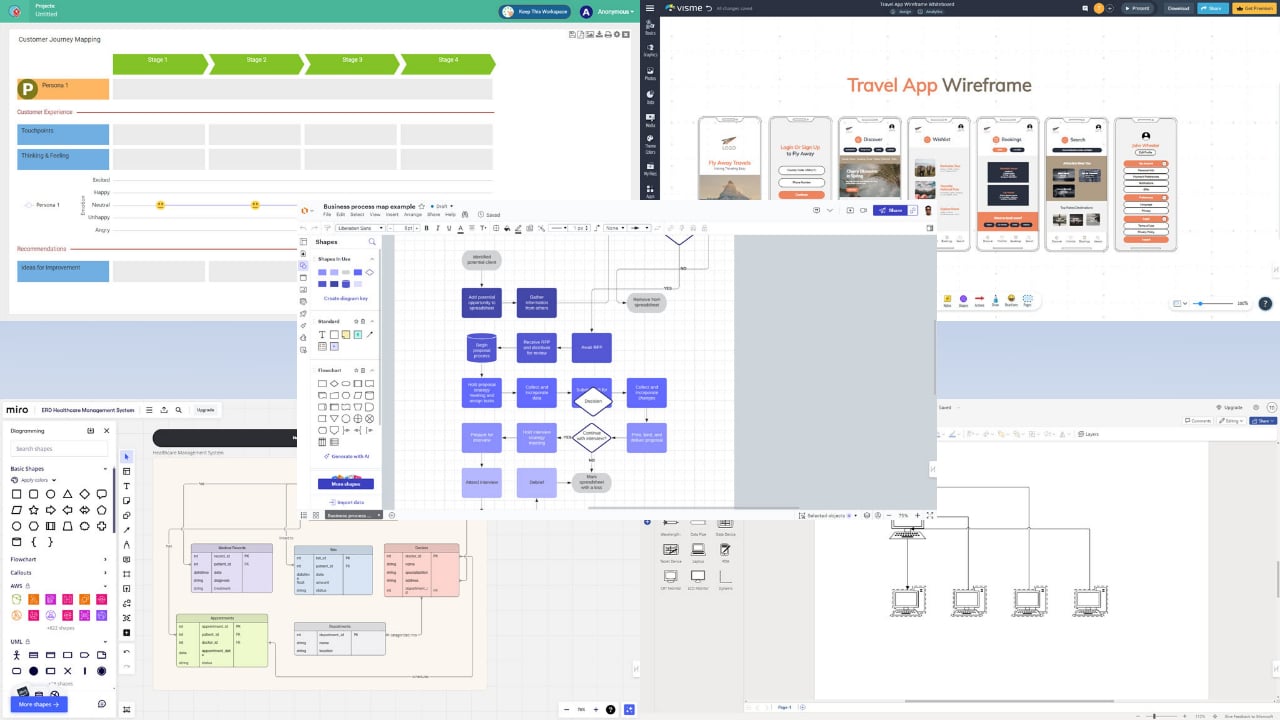
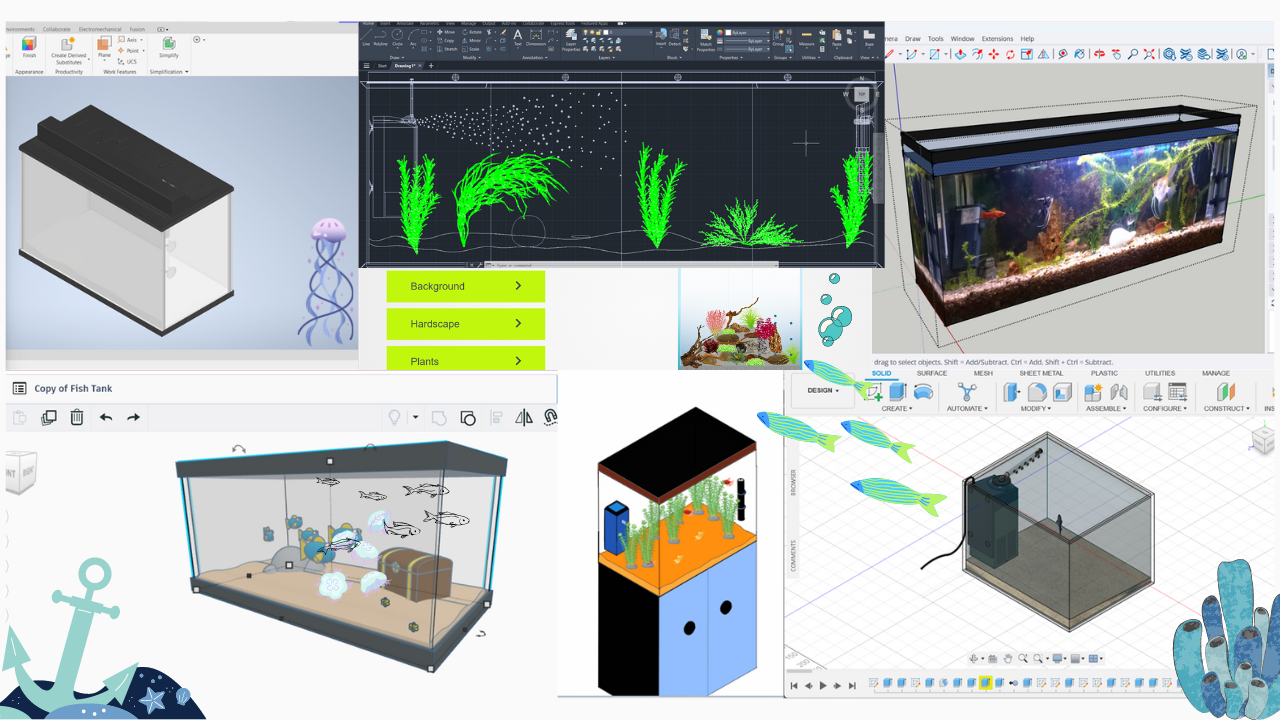
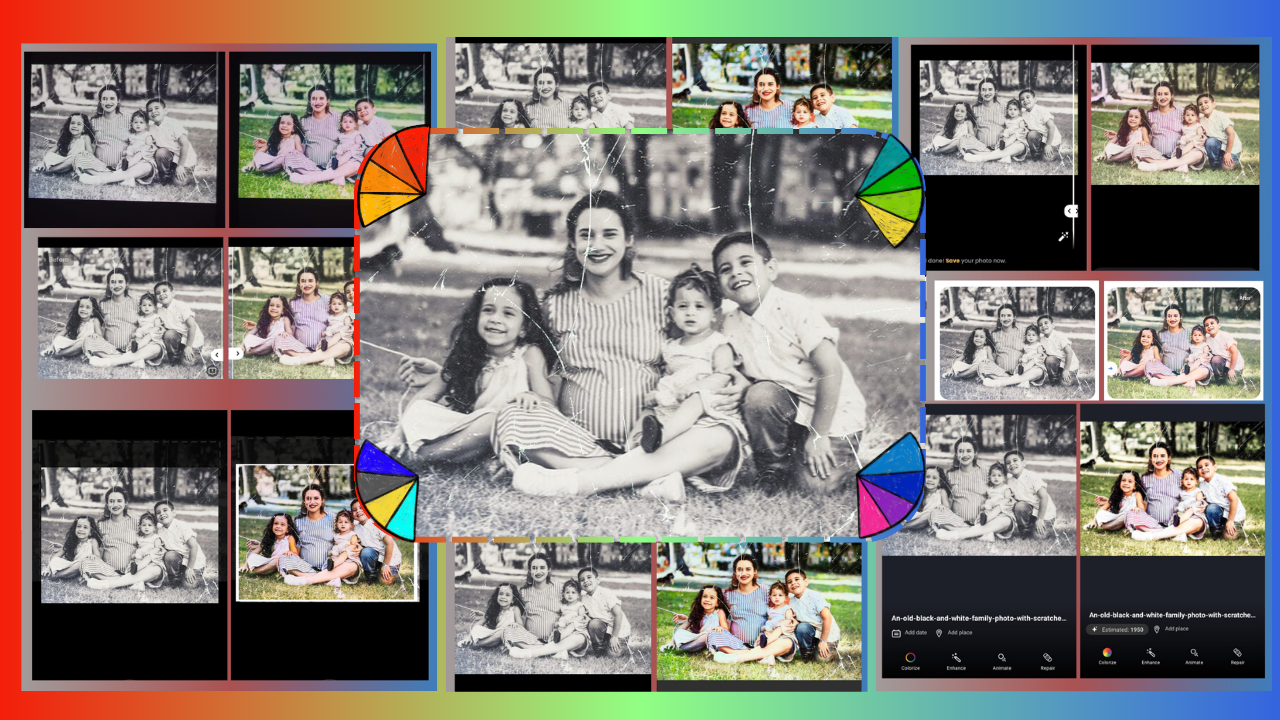
User forum
0 messages